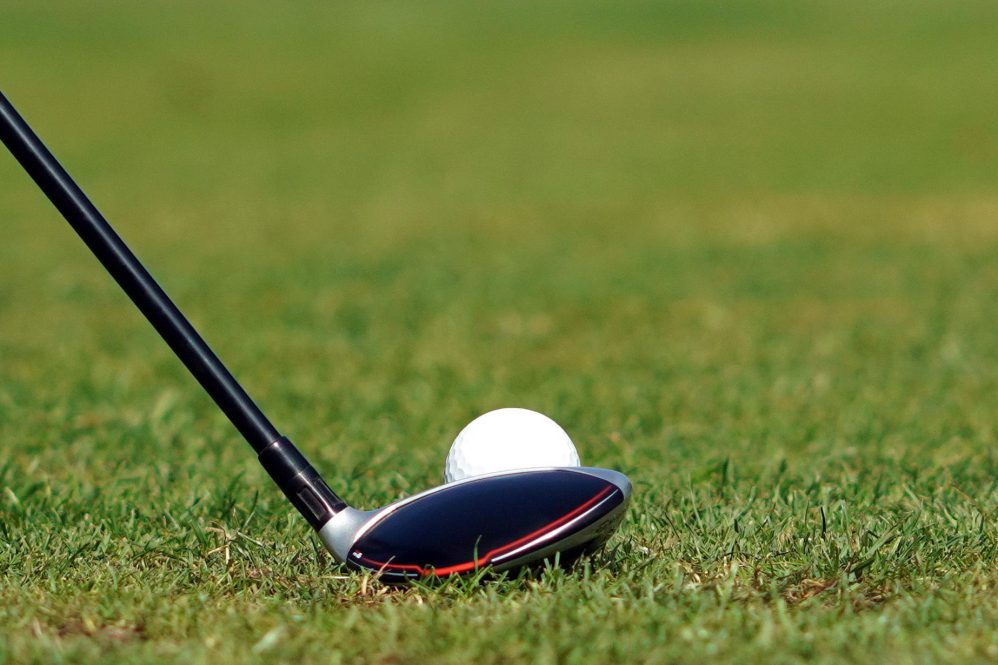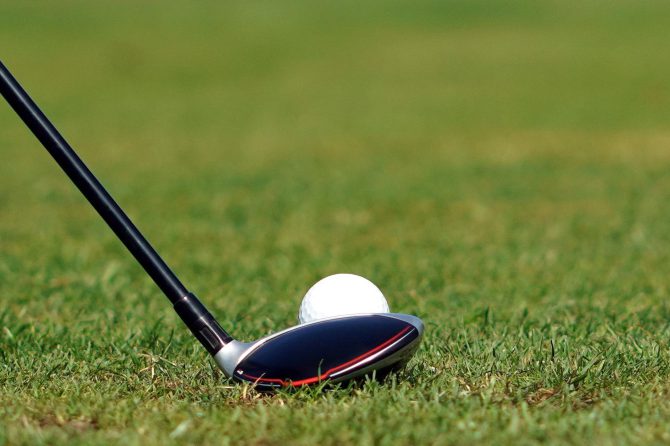Golf chipping, an indispensable component of the game, demands intricate skill and finesse. This article presents a comprehensive analysis of golf chipping fundamentals, meticulously distilling the essential elements into a cohesive compendium. By delving into the mechanics, strategy, and practice techniques involved in chipping, this work seeks to enhance the proficiency of golfers at all levels, empowering them to master this challenging yet highly rewarding aspect of the game.
Establishing a Solid Grip and Stance
The grip and stance are paramount for effective chipping. A firm, yet relaxed grip using all ten fingers helps control the club and imparts a consistent strike. Position the left hand (for right-handed golfers) slightly below and perpendicular to the shaft, while resting the thumb on top. The right hand grips the club above the left, with the index finger extended along the shaft.
An appropriate stance provides stability and balance. Stand upright with feet shoulder-width apart and your knees slightly bent. Position the ball slightly ahead of your lead foot, which should be parallel to the target line. Keep your weight evenly distributed on both feet, enabling you to rotate smoothly through the swing.
Grip and Stance Variations:
| Hand Position | Stance Width | Foot Angle | Weight Distribution |
|---|---|---|---|
| Interlocking | Narrow | Toes slightly flared | 60% on back foot, 40% on front |
| Overlapping | Medium | Feet square | 50% on each foot |
| Ten-Finger | Wide | Toes parallel | 40% on back foot, 60% on front |
Mastering the Proper Swing Path
The swing path, a crucial aspect of chipping, determines the direction and trajectory of the ball. To achieve optimal distance and accuracy, golfers must master the proper swing path.
Firstly, maintaining a neutral swing path is essential. This means avoiding both over-the-top and inside-out swings. An over-the-top swing, where the club swings from outside-in, results in a low and short shot. Conversely, an inside-out swing, where the club swings from inside-out, produces a high and right-to-left shot. By keeping the clubhead on a straight path, golfers ensure a consistent strike and a predictable ball flight.
Furthermore, the angle of attack plays a significant role in the swing path. Aiming slightly downward, around -5 degrees, promotes a clean strike and allows the ball to roll with backspin. Excessive downward angles can cause the ball to skim, while shallow angles result in too much spin, leading to a loss of distance. Additionally, it’s crucial to accelerate through the swing path, applying more force as the club approaches impact. This provides the necessary power for a controlled and effective shot.
Utilizing Effective Club Selection and Ball Position
Club Selection and Ball Position for Optimal Chipping
Choosing the appropriate club is crucial in chipping. Wedges are specifically designed for this purpose, providing varying loft angles to suit different situations. For shorter chips, select a wedge with a higher loft angle (e.g., PW or SW), while longer chips require a lower loft (e.g., AW or 9-iron).
Ball position also plays a vital role in controlling distance and accuracy. For high-flying chips, position the ball towards the back of your stance. Medium-height chips benefit from a center ball position, while low-flying chips require the ball to be forward in your stance.
The following table summarizes the relationship between club selection, ball position, and chip height:
| Club Selection | Ball Position | Chip Height |
|---|---|---|
| High-loft Wedge | Back | High |
| Mid-loft Wedge | Center | Medium |
| Low-loft Wedge | Forward | Low |
Developing Consistent Distance and Accuracy
Mastering distance and accuracy in chipping requires a combination of technique, practice, and fine-tuning.
-
Establish a Consistent Setup: This begins with ensuring a solid address where your feet are shoulder-width apart, knees slightly bent, and your spine in a neutral position. Grip the club with your dominant hand below the other and slightly tilted forward for a firm hold.
-
Control the Swing: For consistent distance, focus on creating a smooth, pendulum-like swing with a slightly open clubface at impact. Keep your head steady and eyes fixed on the ball to ensure you strike it directly. Maintaining a slightly cup-shaped left wrist at impact will promote a clean and consistent release, reducing dispersion.
-
Determine the Right Clubs and Conditions: Chip shots should be executed with a loft between 35-60 degrees, depending on the distance and conditions. Consider the grass length and thickness, as well as wind speed and direction when selecting the appropriate club. Adjust your stance and swing accordingly to accommodate for varying surfaces and situations.
Overcoming Common Chipping Obstacles
Although chipping is a fundamental golf skill, many golfers struggle with it. Here are some common chipping obstacles and tips to overcome them:
-
Inconsistent distance control: Distance control in chipping is crucial for accuracy. Common causes of inconsistent distance include:
- Not calibrating shots for varying distances.
- Failing to account for the slope and wind.
- Using a mismatched club.
-
Chunking (hitting the ball too low): Chunking can be caused by:
- Swinging too steeply into the ball.
- Compensating for a perceived mishit by hitting the ball harder.
- Not allowing the club to glide under the ball at impact.
-
Thinning (hitting the ball too thinly): Thinning occurs when the club strikes the ball above its center. Contributing factors include:
- Swinging too quickly.
- Striking the ball from too far behind.
- Not following through with the club.
this article has comprehensively delved into the fundamental aspects of golf chipping. The provided guidelines, based on established research and the expertise of seasoned instructors, serve as a comprehensive compendium for golfers of all levels aspiring to enhance their chipping proficiency. By adhering to the principles outlined herein, aspiring golfers can develop a solid foundation upon which to build their short game artistry. Future research may explore the impact of psychological factors on chipping performance and investigate the potential benefits of incorporating technology into chipping practice.





